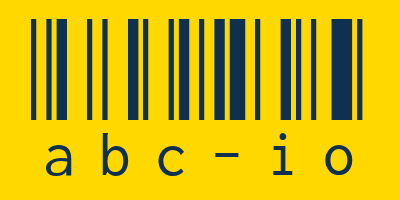As publishers fret about decreased traffic from Google, the search giant has begun rolling out AI summaries in Discover, the main news feed inside Google’s search app on iOS and Android. Now, instead of seeing a headline from a major publication, users will see multiple news publishers’ logos in the top-left corner, followed by an AI-generated summary that cites those sources.
The app warns that these summaries are generated with AI, “which can make mistakes.”

The feature is not yet appearing for all news stories within the Google app, indicating this change is likely still a test. (Google has been asked for comment about the extent of the rollout, but has not responded.) In tests, TechCrunch was able to view the AI summaries firsthand across both iOS and Android apps in the U.S.
In addition to the summaries, Google has been trying out other ways to present the news displayed in Discover. Though not flagged as powered by AI, some stories will include a set of bullet points below the headline or will be grouped with similar news.
For instance, a story about President Trump’s Ukraine deal also included links to other stories about Trump’s latest actions. Meanwhile, a story from The Washington Post about ICE was followed by bullet points that summarized the story’s content.

The update to the search app comes as a number of publishers have been experimenting with AI on their own sites, including The Wall Street Journal, Yahoo, Bloomberg, USA Today, and others. Startups, too, have gotten in on the action, as with Particle, a news reader that uses AI to not only summarize stories but also allow users to see different sides or ask follow-up questions to better understand the topic covered.
Despite these trials, there’s significant concern in the publishing industry about how the shift to AI is impacting website traffic and referrals. With features like Google’s AI Overviews and AI Mode, users no longer have to visit a website directly to get answers to their search queries — it can be summarized for them automatically or shared in a chatbot-style interface. Outside of Google, this same trend is seen across other AI apps, like ChatGPT or Perplexity.
Recently, Google tried to appease publishers with the launch of Offerwall, a feature that allows publishers to generate revenue beyond the more traffic-dependent options, like ads. With Offerwall, publishers who use Google Ad Manager can try out different methods to provide access to their content, like micropayments or having users take surveys, sign up for newsletters, watch ads, and more.
But for many publishers, these tools are coming too late, as traffic is already in a steep decline.
A story by The Economist this week noted that worldwide search traffic fell by 15% year-over-year as of June, citing data from market intelligence company Similarweb.
Earlier data from the firm also found that the number of news searches on the web that result in no click-throughs to news websites had grown from 56% in May 2024, when AI Overviews launched, to nearly 69% as of May 2025. Organic traffic also declined, dropping from over 2.3 billion visits at its peak in mid-2024 to fewer than 1.7 billion, it noted.
Amid this shift, Google Discover still remained a source for clicks, even as traffic from Google Search declined. But that may no longer be the case if the AI summaries roll out more broadly within the Google app.











Add Comment